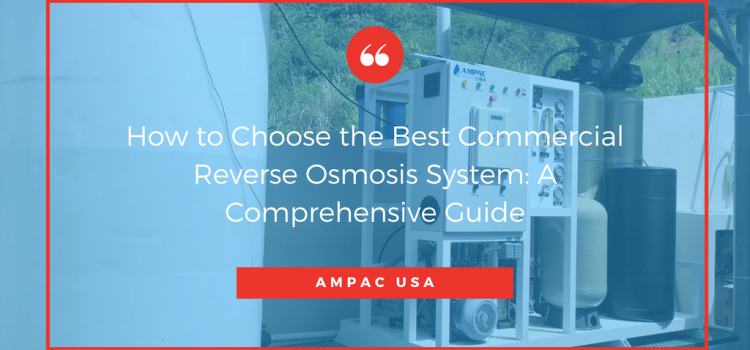Gang Liu; Ya Zhang; Mark, E. van der; Magic-Knezev, A.; Pinto, A.; Bogert, B. van den; Wentso Liu; Meer, W. van der; Medema, G
Water Research, 138 86-96; 10.1016/j.watres.2018.03.0432018
Abstract
The general consensus is that the abundance of tap water bacteria is greatly influenced by water purification and distribution. Those bacteria that are released from biofilm in the distribution system are especially considered as the major potential risk for drinking water bio-safety. For the first time, this full-scale study has captured and identified the proportional contribution of the source water, treated water, and distribution system in shaping the tap water bacterial community based on their microbial community fingerprints using the Bayesian “SourceTracker” method. The bacterial community profiles and diversity analyses illustrated that the water purification process shaped the community of planktonic and suspended particle-associated bacteria in treated water. The bacterial communities associated with suspended particles, loose deposits, and biofilm were similar to each other, while the community of tap water planktonic bacteria varied across different locations in distribution system. The microbial source tracking results showed that there was not a detectable contribution of source water to bacterial community in the tap water and distribution system. The planktonic bacteria in the treated water was the major contributor to planktonic bacteria in the tap water (17.7–54.1%). The particle-associated bacterial community in the treated water seeded the bacterial community associated with loose deposits (24.9–32.7%) and biofilm (37.8–43.8%) in the distribution system. In return, the loose deposits and biofilm showed a significant influence on tap water planktonic and particle-associated bacteria, which were location dependent and influenced by hydraulic changes. This was revealed by the increased contribution of loose deposits to tap water planktonic bacteria (from 2.5% to 38.0%) and an increased contribution of biofilm to tap water particle-associated bacteria (from 5.9% to 19.7%) caused by possible hydraulic disturbance from proximal to distal regions. Therefore, our findings indicate that the tap water bacteria could possibly be managed by selecting and operating the purification process properly and cleaning the distribution system effectively.
https://www.sciencedirect.com/science/article/pii/S0043135418302392?via%3Dihub
The post Assessing the origin of bacteria in tap water and distribution system in an unchlorinated drinking water system by SourceTracker using microbial community fingerprints appeared first on Facts About Water.
Source: Water Feed









